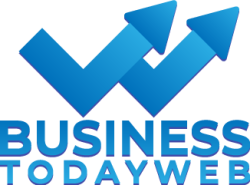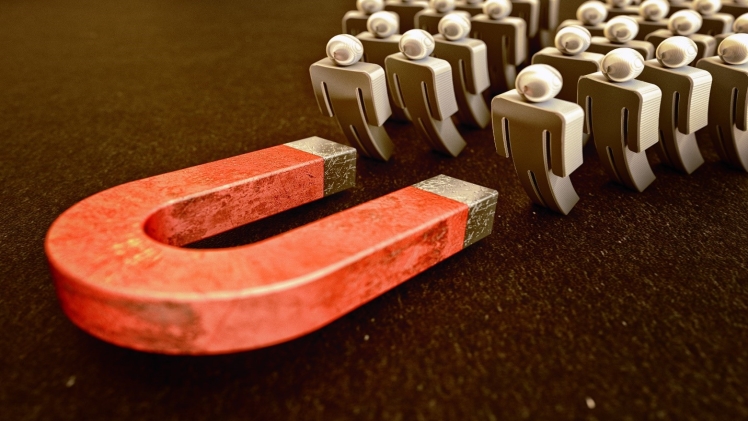If you want to increase the ROI of your marketing efforts, you have to do two things. One, improve your returns by figuring out how to meet your KPIs better. But two, you can’t pay too much doing it. Or what’s the use? Here we’ll tackle the latter. How do you lower customer acquisition costs?
1. Make Sure You’re Calculating It Correctly
Your CAC includes the total cost of sales and marketing, not just marketing expenses. Why is it so important to include both in this figure? Because if you skimp on one or the other, it lowers your returns. Marketing has to work harder if sales aren’t closing. Sales has to work harder if marketing doesn’t send them sales qualified leads.
Both need to be well-oiled machines to get results.
CAC = Sales & Marketing Costs / Number of New Customers
So that’s the total average cost you spend on acquiring one customer.
2. Know Industry Benchmarks
In some industries like real estate and advanced technology, CAC can seem astronomical, as in several hundred or a thousand to acquire one customer. In other industries, like non-luxury eCommerce, your costs should be relatively low.
While you always want your CAC to be as low as possible, a higher CAC isn’t always an indication of a problem. In some industries, it’s just the cost of doing business.
Knowing your benchmark is also important because you could make decisions to cut back on marketing or not initiate new marketing because you think it’s too expensive, when it really isn’t. If it’s in-line with what your competitors spend per customer and you’re making a profit, spending more on marketing means more profits.
3. Use CAC with CLV Together
Customer Lifetime Value (CLV), also called just LTV (lifetime value), is how much you expect one customer to be worth to you. If a customer spends $2000 over three years, then it may be really worth it to spend $500 depending on your margins.
4. Narrow Your Audience
This will seem counterintuitive to some. But here’s how it works in real life if you try to market to everyone.
Imagine some Marijuana Marketing Xperts are marketing to people in a state where marijuana isn’t legal, unintentionally of course. That’s a complete waste of their marketing money because those people can’t buy their product. Their CAC would be through the roof.
They’re much better served if they focus their efforts on the demographics that enjoy marijuana in the local area of the business. That’s money well spent. This isn’t to say they couldn’t choose to expand their audience to reach new markets. But they’d need to weigh their CAC within that market to make sure it’s worth it.
Which leads us to our next point.
5. Segment Your CAC
Some audiences will cost more across the board. Now, if this audience also has high CLV, then it may be worth it. There’s another reason you factor those two together. But if not, it’s generally better to spend your marketing and sales dollars on audiences that are easier, faster, and less costly to acquire.
To do this though, you would need to know what audience certain customers fall into and what the CAC is for those customers as a group. More advanced Customer Relationship Management (CRM) tools can help you do that.
6. Retarget
Retargeting can increase click through rate by 61% and impressions by 58% in the US market. 25% of those surveyed say they actually like getting retargeting ads. Most people are far from creeped out by these ads that pop up after you visit a website, as some naysayers have suggested.
Cost per click also goes down 35%. But what about actual conversions? They’re also 70% more likely to convert if they get a retargeted ad.
So all in all, retargeting can significantly improve the effectiveness of your overall marketing strategy, in turn bringing acquisition costs down.
7. Test Your CTAs
If your CTAs are underperforming, then you’ll pay for clicks that don’t have any ROI. You must then add that cost to the people who actually did convert. CAC goes up.
Several studies have proven the importance of A/B testing in general, like Microsoft Bing, which increased its revenues from 10% to 25% per search by A/B testing.
In addition to CTAs, consider testing other elements like your landing pages and offerings. For example, improving UX on a landing page through testing can increase the conversion rate by 400%, further cutting customer acquisition costs.

